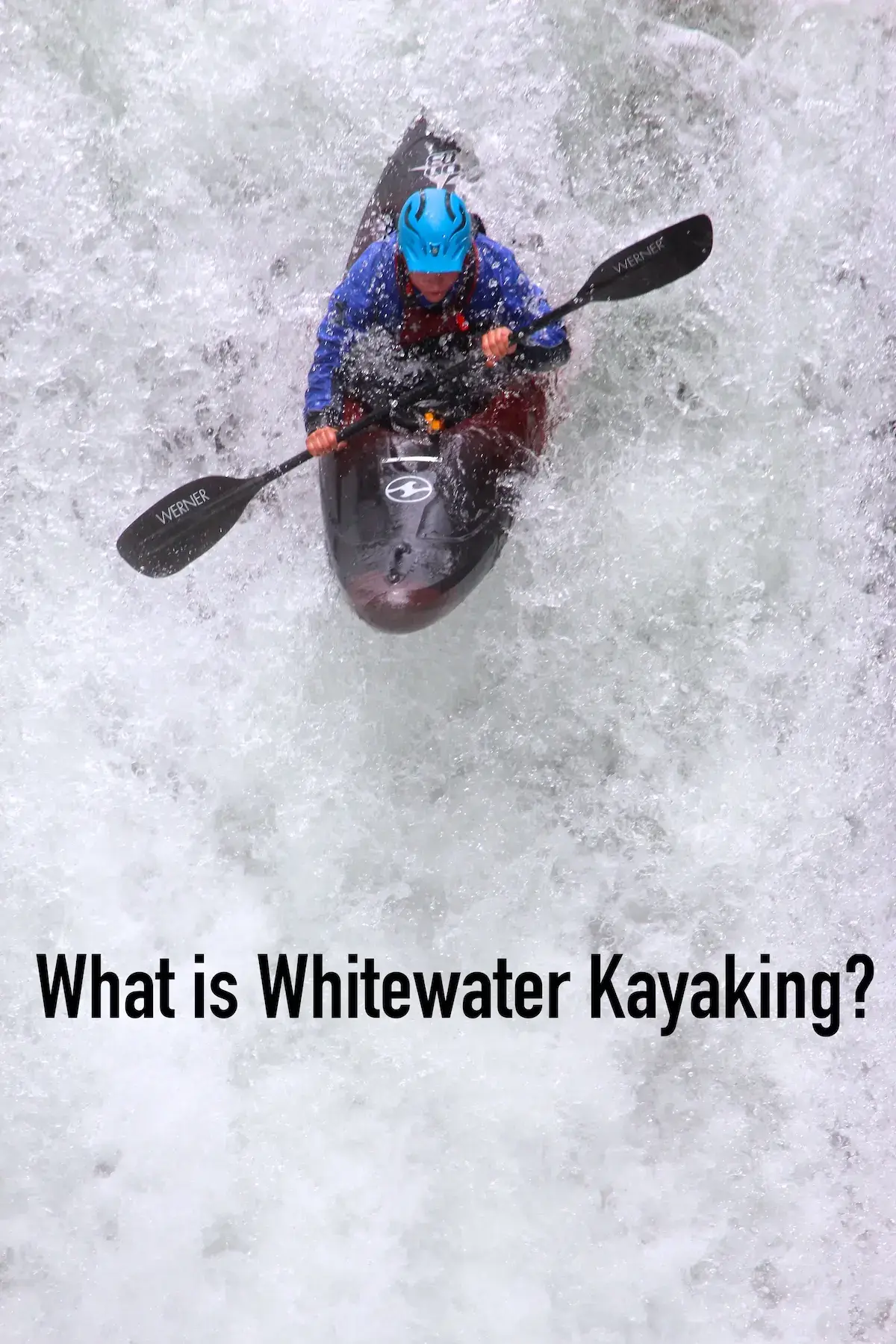You’ve probably seen videos of pro kayakers levitating off waterfalls, floating through the air, landing in soft whitewater and paddling away without getting their hair wet. Super smooth. Who doesn’t want to do that?!
Even if you’re not sending waterfalls, or big ledges, proper kayaking boofing technique helps you cross eddy lines, navigate boulder gardens, and is another vital skill to help you get down the river in style.
There are 3 main components to proper, effective boofing. Check out our video for more detail on each of these critical skills, or skip to each specific chapter using the links below.
Practice on your local run to perfect each of these components on their own, then slowly link them together. A properly executed boof -- whether off a 40 ft. waterfall or a small pour over -- has the same basic elements.
How to Boof Your Kayak
Cross-Current Speed
Skip to Youtube Video: Cross-Current Speed
A proper boof starts well upstream of the actual feature you need to get your kayak over.
You want to carve across the water, on edge, maintaining speed and direction. This helps give you control over the current, enabling you to approach the crux and setup for your boof stroke.
Without maintaining proper cross-current speed, you’ll be at the whim of the river. Without positive control, and proper momentum, you’ll be scrambling at the last second to setup for your boof, which is a recipe for failure.
Maintaining smooth, cross-current speed is the first step in a successful boof.
Stroke Timing
Skip to Youtube Video: Downstream/ Boof Stroke
The boof stroke requires a lot of different things to happen at once, and is the most difficult component of the boofing sequence to master.
With a vertical paddle stroke on your downstream side, and using your cross-current momentum, you wait until the moment you start crossing the eddy line/ your bow is about to float over a river feature.
Once you reach this critical moment, you pull aggressively on the paddle, sending your hips and front half of the kayak across the feature.
You want to keep the paddle as vertical as possible, to make sure all of your force drives the kayak forward. A paddle which isn’t vertical loses some power in side-to-side movement and will likely push your kayak off line.
If your boof stroke is too early, you’ll lose control heading into the feature and be left to the mercy of whatever the river feels like doing to your kayak.
Time it too late, and the effect is much the same -- you lose control, and will have to deal with the downstream whitewater with little speed and poor positioning.
Edge Control
Skip to Youtube Video: Boofing Edge Transition
The last important component of the kayaking boof stroke is to properly transition your edges through the crux move.
Leading into the feature, your upstream edge is raised, to help you carve across the river.
As you pull on your boof stroke, and cross the feature, you also want to gently switch your edges as you are transitioning over the feature and into the river beyond.
What this means, is that as you cross the feature and pull your hips across, you want to drop the upstream edge and start raising your downstream edge.
This helps you carve out of the bottom of the boof and sets you up for maximum control as you paddle through the whitewater beyond.
Boofing Your Kayak Summary
There are many important elements that go into a well executed boof. The good news is that you don’t need any gnarly features to practice on: you can start with a simple eddy line.
As you develop your timing and get comfortable on smaller features, you can work your way up to bigger features on faster moving water. Each component stays the same, but the margin for error narrows as the river moves faster -- your timing has to be razor sharp.
From there, practice on bigger drops/ faster water to the point where the boof is second nature! Even if you don’t plan on dropping waterfalls, the boof technique is something that helps you in many whitewater situations, and will impress everyone at whitewater festivals.
AQ Outdoors Whitewater Kayak Collection
Other Whitewater Kayaking Posts
Beginner Whitewater Kayaking: Complete Guide
AQ Outdoors Contact
Edmonton: (p) 780 463-4892 (e) info@aquabaticsedmonton.com
Calgary: (p) 403 288-9283 (e) info@aqoutdoors.com

























































